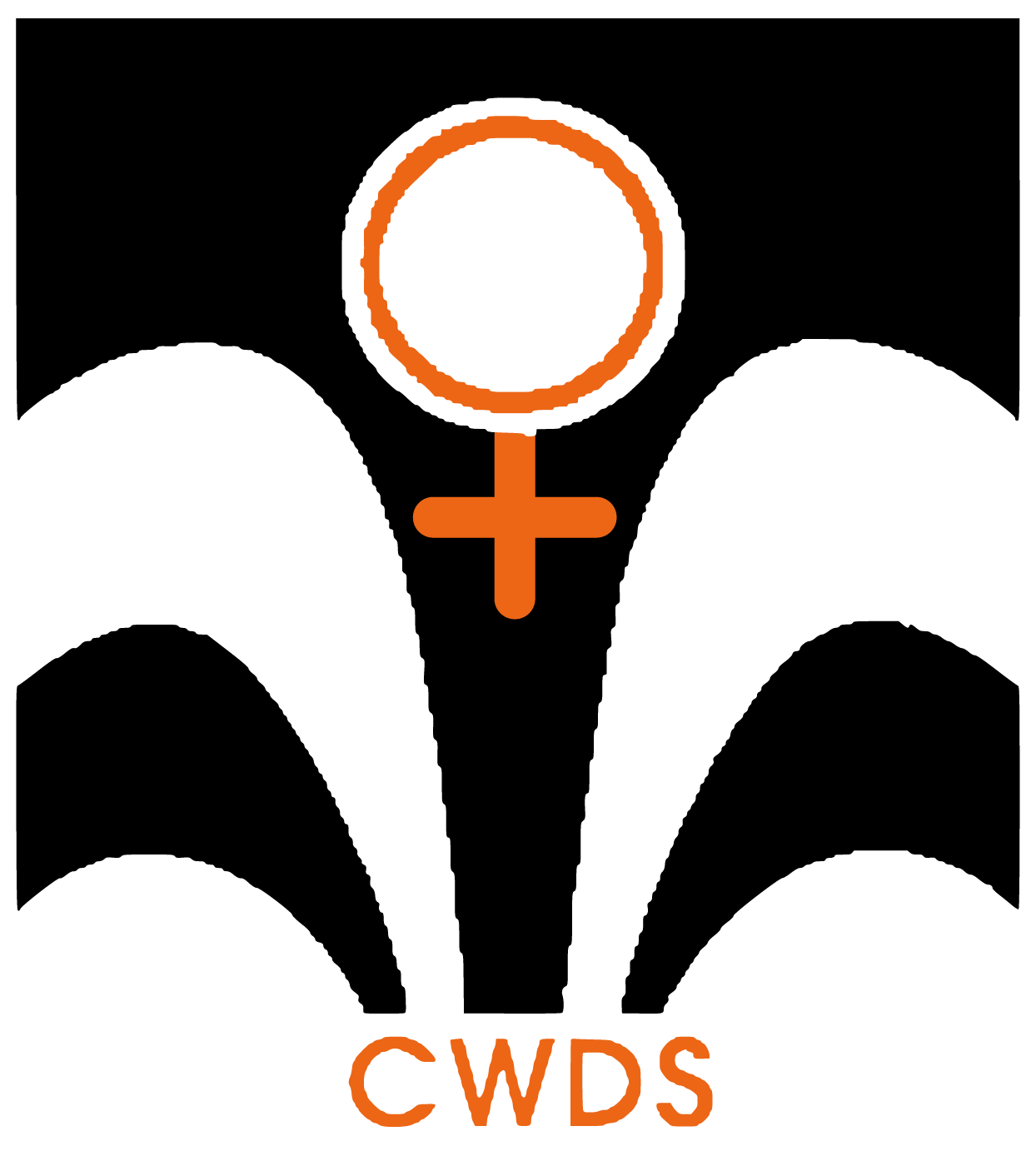- Hindustan Times2024
In the recent assembly elections, we were once again inundated with information about how much of a difference the women’s vote made to the outcome.
- Hindustan Times2022
It was the tragic death by suicide that has laid bare the daily trauma of the three sisters from a landless household married to an affluent family with demands for dowry from impoverished parents.
- Hindustan Times2022
In the first such study of the Constitution, legislation, schemes, policies, etc, vis-à-vis the UN Convention on the Elimination of All Forms of Discrimination against Women (CEDAW), the National Human Rights Commission (NHRC) has concluded the rights of women remain restricted in all spheres of
- National Institute of Public Finance and Policy2020
- ActionAid Association2019
“Women hold up half the sky”, the Chinese saying goes. But we need to recognize that it is not an equal world for women, globally and in India.
- Programme on Women’s Economic, Social and Cultural Rights2015
- Programme on Women’s Economic, Social and Cultural Rights2008
- Understanding Women's Health Issues1998
Change in the size of a population takes place due to births, deaths and migration.
- The Journal of Family Welfare1993
India's efforts to promote family planning have produced a significant increase in the couple protection rate (CPR) which has increased by about 33 percent during the last 22 years-from 10.4 percent in 1970 to 43.5 in 1992.
The Sexual Harassment of Women at Workplace (Prevention, Prohibition, and Redressal) Act, 2013, is an Indian law aimed at ensuring a safe and dignified work environment for women.
